

Glossary of Orthodontic Terms
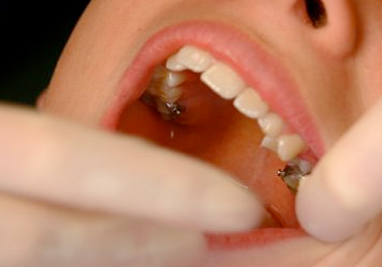
Banding
The process of cementing orthodontic bands to your teeth.

Bonding
The process of attaching brackets to your teeth using a special safe adhesive.
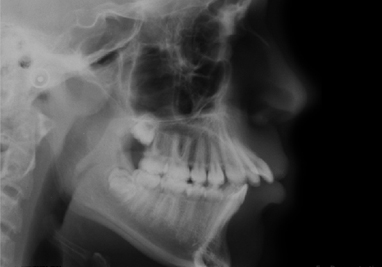
Cephalomentric X-Ray
An x-ray of the head that shows if your teeth are aligned and growing properly.

Consultation
A meeting with your treatment coordinator and your orthodontist where they discuss your treatment plan.
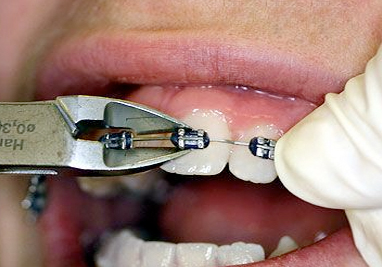
Debonding
The removal of cemented orthodontic brackets.
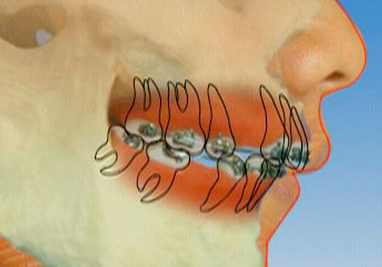
Extractions
The removal of impacted or problematic wisdom teeth to make space for orthodontic treatment.
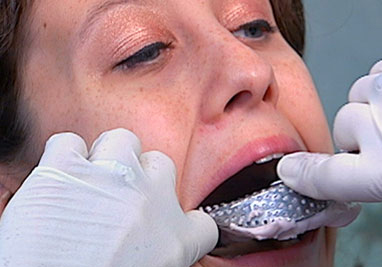
Impressions
The first step in making a model of your teeth. You bite into a container filled with a rubber-type material. That material hardens to produce a mold of your teeth.

Interceptive Treatment
Orthodontic treatment that is usually done between the ages of 7 and 10. The objective of interceptive orthodontic treatment is to provide orthopedic intervention, so that later orthodontic treatment is less complex.
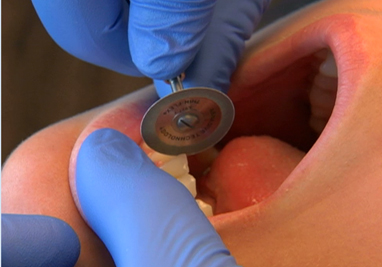
Interproximal Reduction (IPR)
Interproximal Reduction (IPR) is the removal of small amounts of outer enamel tooth surface between two adjacent teeth. It is a means to acquire additional space to create ideal tooth alignment. Alternative names include: slenderizing, stripping, enamel reduction, and reproximation.
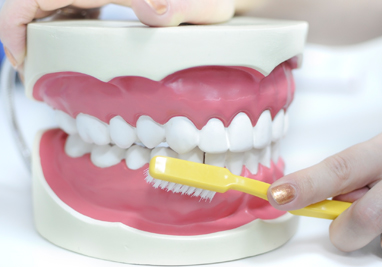
Oral Hygiene
Effective brushing and flossing is one of the most critical actions needed from patients during braces. Regular visits to the general dentist for examination and cleaning are also essential. The results of inadequate oral hygiene include decalcification (white spots/marks), gingivitis (inflammation of the gums), and periodontal disease (inflammation leading to bone loss).
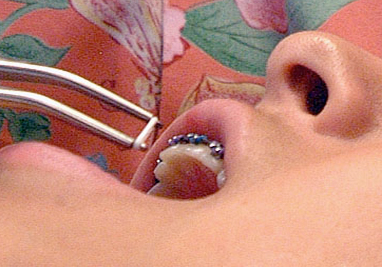
Orthodontic Adjustment
An evaluation of your progress where your wires may be changed to keep your treatment on track and moving forward.
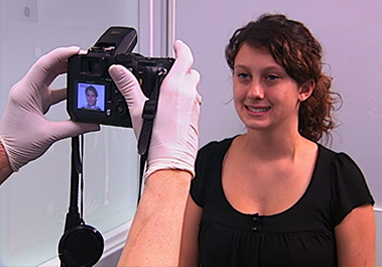 >
>Orthodontic Photographs
Pictures taken upon the completion of treatment show the amazing changes that the orthodontics has achieved in both growth and development of the teeth, jaws and aesthetics of the smile. The orthodontist uses the pictures throughout treatment to monitor changes.
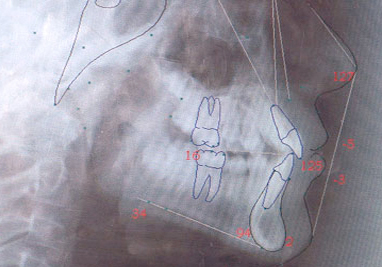
Orthodontic Records
These records, which include cephalometric and panoramic x-rays, digital photos and study models, help your orthodontist determine what treatment needs to be done.
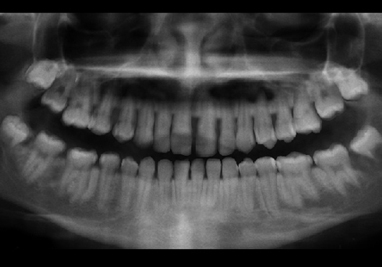
Panoramic X-Ray
An x-ray taken by a machine that rotates around your head to give your orthodontist a picture of your teeth, jaws and other important information.
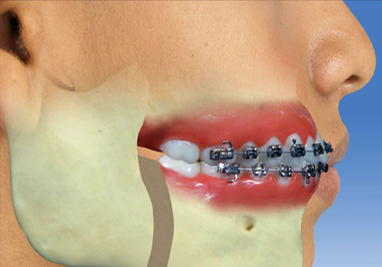
Surgery
Orthognathic surgery is surgery performed on the bones of the jaws to change their positions. It may be considered for functional, cosmetic, or health reasons. It is surgery commonly performed on the jaws in conjunction with orthodontic treatment, which straightens the teeth.
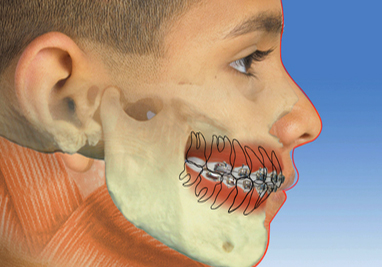
Two-Phase Treatment
Two phase orthodontic treatment is a very specialized process that encompasses tooth straightening and physical, facial changes. The major advantage of a two-phase treatment is to maximize the opportunity to accomplish the ideal healthy, functional, and esthetic result that will remain stable throughout your life.
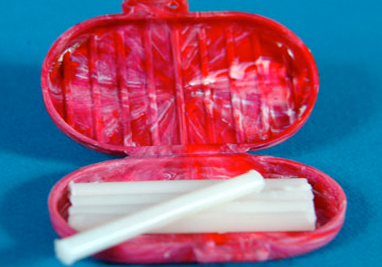
Wax
A clear wax used to prevent your braces from irritating your lips or cheeks when your braces are first put on, or at other times.
